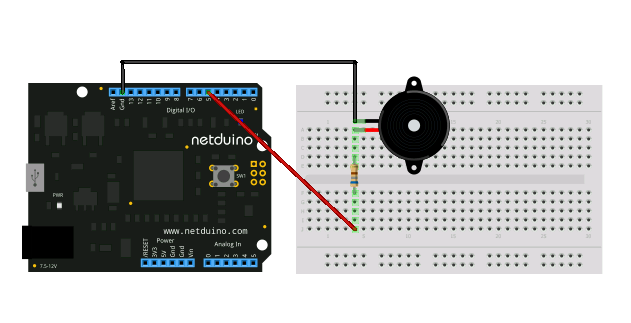Hi there.
Could someone explain what to do? I thought I understood this concept but it doesn't work so I guess I missed something.
I have a D-Link modem/router (DSL-2740B) and with that you are allowed to create one free DDNS at https://www.dlinkddns.com/login so I created a host name, lets call it hostname.dlinkddns.com , used the IP address that was showing and saved the settings.
I specified this hostname.dlinkddns.com also in my router (ipoe_atm0/atm0) and added a port forward with,
Name: Netduino
Address: 192.168.1.2
External port: 80
Internal port: 80
Protocol: TCP
Wan Interface: atm0
If I type 192.168.1.2 in my browser I get the Netduino webserver (on my local network)
If I type hostname.dlinkddns.com I get to see my routers login page (on my local network)
Outside my local network I do not get a result on hostname.dlinkddns.com
I read on the D-Link forum that some firmware versions do not allow passwords longer than 10 digits (I used 9)
I even deleted the host, reset the modem to factory default and tried again. No result.
The funny thing is, it used to work with an Arduino, so know its possible. I just cant remember how I did it the first time
Should I use a different port (8080) ?
In my code I use: socket.Bind(new IPEndPoint(IPAddress.Any, 80));
Is there something obvious missing?
Any advise is welcome.


 Find content
Find content Male
Male




